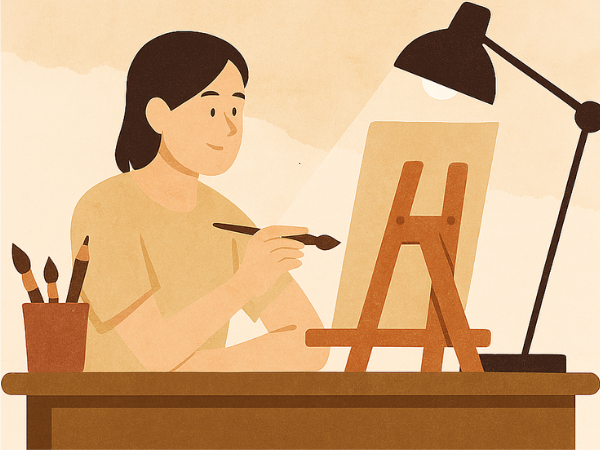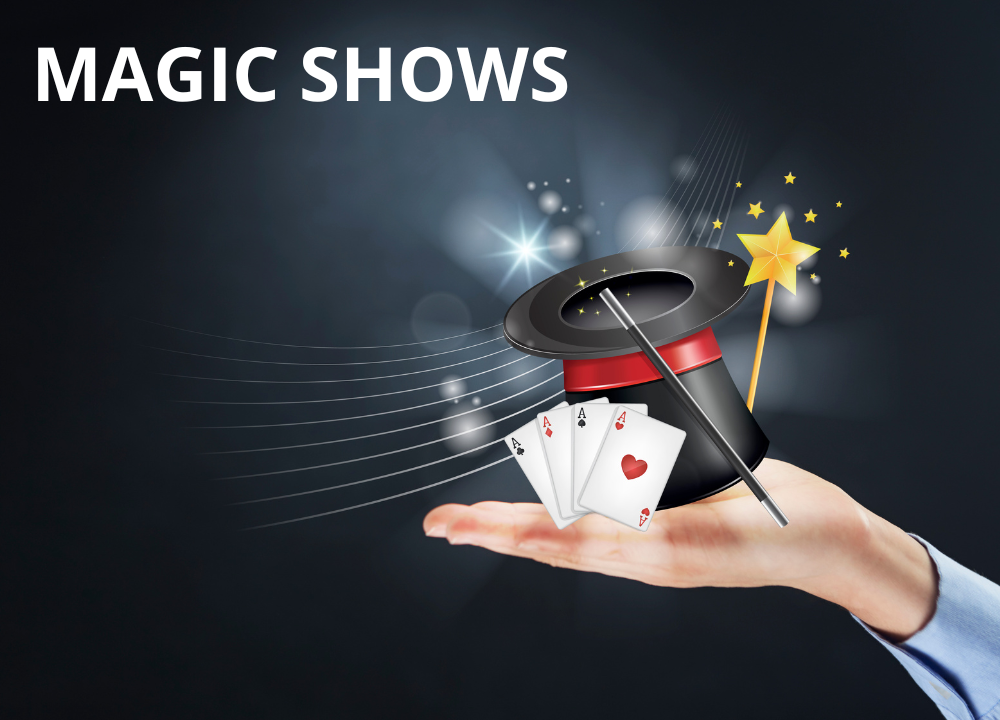Creating an inspiring and functional art studio is essential for any artist looking to grow their craft. Whether you’re working from a spare room, garage, or dedicated studio space, this guide covers the essentials — from lighting and tools to training and workflow.
Understanding Your Studio Needs
Before investing in gear or rearranging furniture, it’s important to assess your artistic goals and space limitations. A studio should reflect your medium, workflow, and comfort.
- Type of art – Painting, sculpture, digital, mixed media
- Space available – Room size, natural light, ventilation
- Budget – Initial setup vs. long-term upgrades
- Storage needs – Supplies, canvases, tools
- Accessibility – Ease of movement, ergonomic layout
A well-planned studio supports creativity, reduces clutter, and helps you stay focused on your work.
Choosing the Right Lighting Setup
Lighting is one of the most critical elements in any studio. It affects color accuracy, mood, and eye comfort during long sessions.
- Natural light – North-facing windows offer consistent daylight
- LED daylight bulbs – Mimic natural light with minimal heat
- Adjustable desk lamps – Ideal for detail work
- Overhead lighting – Even illumination for large spaces
- Light diffusers – Soften harsh shadows and glare
Combining natural and artificial lighting ensures flexibility and consistency, especially for artists working across different times of day.
Must-Have Tools for Every Artist
Regardless of your medium, some tools are universally useful in a studio. These essentials help streamline your process and improve results.
- Cutting mat – Protects surfaces and aids precision
- Rulers and T-squares – For layout and measurement
- Storage bins – Organize brushes, paints, and supplies
- Easels – Adjustable for canvas size and angle
- Workbench or table – Stable surface for creation
Investing in quality tools saves time and frustration, and helps maintain a professional workflow.
Organizing Your Workspace
A cluttered studio can hinder creativity. Smart organization keeps your tools accessible and your mind clear.
- Pegboards – Hang tools and supplies vertically
- Drawer organizers – Separate small items like pencils and erasers
- Labeling system – Identify materials quickly
- Shelving units – Store canvases, books, and reference materials
- Rolling carts – Mobile storage for flexible setups
A tidy studio isn’t just aesthetic — it’s functional, helping you stay productive and focused.
Setting Up for Digital Art
Digital artists need a slightly different setup, focused on screen quality, ergonomics, and software tools.
- Drawing tablet – Wacom, Huion, or iPad with stylus
- Monitor calibration – Ensures color accuracy
- Ergonomic chair – Supports posture during long sessions
- Software – Photoshop, Procreate, Illustrator, Krita
- External storage – Backup drives and cloud sync
A digital studio should prioritize comfort, screen clarity, and reliable hardware to support creative flow.
Sound and Atmosphere
The ambiance of your studio can influence your mood and productivity. Sound, scent, and decor all play a role.
- Speakers or headphones – For music, podcasts, or white noise
- Plants – Add life and improve air quality
- Scent diffusers – Create a calming environment
- Inspirational art – Surround yourself with motivating visuals
- Acoustic panels – Reduce echo in larger spaces
Creating a sensory-friendly space helps you stay immersed in your work and enjoy the process.
Safety and Ventilation
Depending on your medium, safety should be a top priority. Proper ventilation and protective gear are essential for health and longevity.
- Ventilation fans – Remove fumes from paints or solvents
- Gloves and masks – Protect skin and lungs
- Fire extinguisher – Always keep one nearby
- First aid kit – For minor injuries
- Non-toxic materials – Choose safer alternatives when possible
A safe studio is a sustainable studio — especially for artists working with chemicals or power tools.
Training and Skill Development
Your studio isn’t just a workspace — it’s a learning environment. Ongoing training keeps your skills sharp and your ideas fresh.
- Online courses – Skillshare, Domestika, Udemy
- Local workshops – Community centers and art schools
- Books and manuals – Technique guides and artist biographies
- Peer critique groups – Share and receive feedback
- Practice routines – Daily or weekly skill drills
Investing in education helps you evolve as an artist and stay inspired over time.
Managing Time and Workflow
A productive studio supports efficient time management. Structuring your sessions helps you balance creativity with discipline.
- Task lists – Break projects into manageable steps
- Time blocks – Schedule focused work periods
- Project board – Track progress visually
- Break zones – Designate space for rest and reflection
- Cleanup routine – End each session with a reset
A consistent workflow reduces burnout and helps you meet deadlines without sacrificing quality.
Showcasing and Sharing Your Work
Your studio should also support presentation — whether you’re photographing pieces, preparing for exhibitions, or sharing online.
- Photo setup – Neutral backdrop, tripod, and lighting
- Portfolio station – Organize finished works and prints
- Social media tools – Phone stand, editing apps, scheduling tools
- Packing supplies – Bubble wrap, boxes, labels for shipping
- Display area – Shelves or walls to showcase current work
Sharing your art is part of the journey — and your studio should make it easy and enjoyable.




